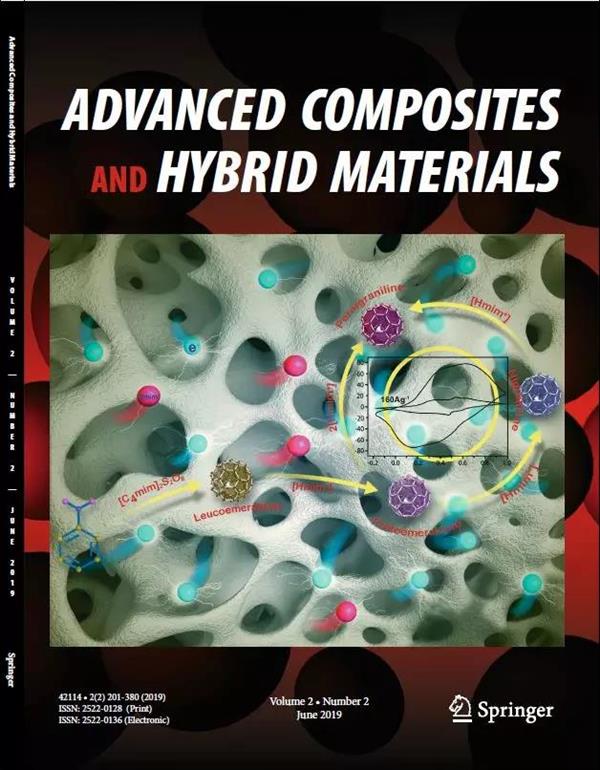Smart tumor-penetrating nanocluster for dual-enhanced magnetic resonance imaging and synergistic photothermal-chemodynamic treatment for oral squamous cell carcinoma
Abstract
Oral squamous cell carcinoma (OSCC) is the most common malignant tumor in the head and neck region, with its aggressive nature contributing to high mortality rates. Accurate imaging diagnosis and timely treatment are essential for improving patient survival. Magnetic resonance imaging (MRI) is widely recognized as a promising diagnostic tool for OSCC; however, the effectiveness of conventional contrast agents is often limited by their inefficient tumor accumulation. To address this issue, a novel smart-responsive decomposable cobalt manganese oxide nanocluster (SDCM NC) has been developed to enhance tumor-specific MRI and synergistic photothermal-chemodynamic therapy (PT-CDT). The SDCM nanoclusters encapsulate small-sized cobalt manganese oxide nanoparticles (CMO NPs) within a B-type gelatin shell that is enzymatically degraded by the overexpressed matrix metalloproteinase-9 (MMP9) in OSCC. This multistage decomposition mechanism facilitates improved tumor accumulation and deeper tumor penetration. The enhanced accumulation allows for improved T1-T2 dual-enhanced MRI performance, which is further optimized using Dual-Enhanced Subtraction Imaging (DESI) to improve contrast between tumor and normal tissues. Additionally, SDCM NCs demonstrate strong •OH generation through Fenton-like reactions and exhibit high photothermal conversion efficiency, enabling synergistic PT-CDT effects. In vivo studies using an OSCC mouse model validated the efficacy of SDCM NCs, showing prolonged tumor retention, improved MRI diagnostic accuracy, and effective suppression of tumor growth through synergistic therapy. These findings underscore the potential of SDCM NCs as an innovative platform for precise diagnosis and effective treatment of OSCC.

 求助内容:
求助内容: 应助结果提醒方式:
应助结果提醒方式:


